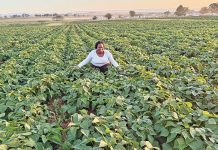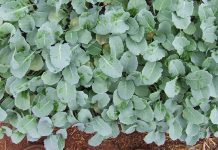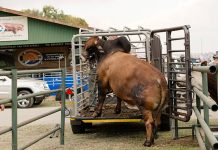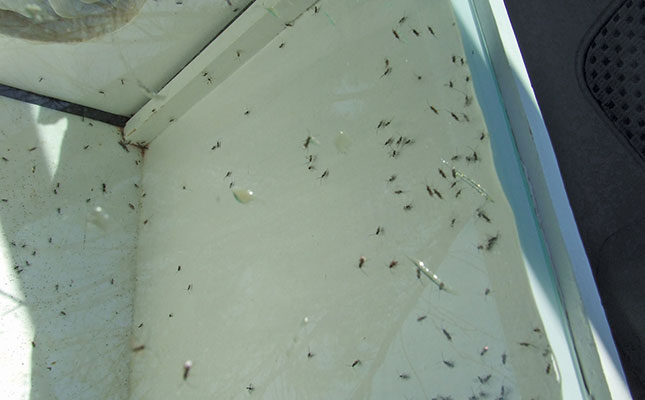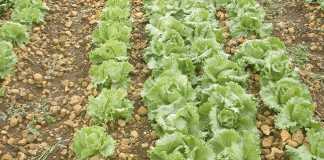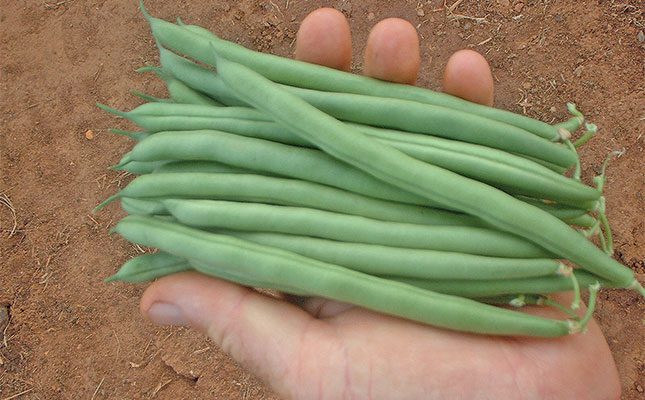
Photo: Bill Kerr
There are beans for everyone.
Some are more suitable for home gardens and small farms, and then there are those conventional types that we all know and which are well suited for growing as important commercial crops.
The common bean, of the genus Phaseolus vulgaris, comes in many forms and is still evolving at the hands of plant breeders who tweak varieties for improved appearance, yield, and uniformity of maturity to enable mechanical harvesting and disease resistance.
In South Africa, most of the types are dwarf beans for fresh harvest and dry beans like sugar beans, haricot beans used for baked beans, and kidney beans.
Green beans used to have strings, which had to be removed before cooking. I still remember having to remove these strings for my mother as a child.
Stringless variety
The first stringless variety of the green bean was bred more than a century ago, but the string gene sometimes still manifests in a single plant from time to time.
When I was breeding beans, I omitted to check every selection for strings as they occurred so seldom. I had developed a wonderful variety, but when it was pure, I found that it was not stringless and had to discard it.
I still occasionally hear old-timers talking of beans as string beans. It was only when I became a commercial farmer that stringless varieties started to become available in South Africa.
Fresh market beans come in many different colours, with green being most popular and yellow following far behind. The latter are referred to as wax beans.
There are also speckled, black and purple varieties. The darker-green the bean is, the better it is from a marketing perspective, but this was not always so. For a time after dark varieties started appearing on the shelves, some buyers avoided them, thinking they were thawed frozen beans.
This is no longer the case. Straight, thin, longer, dark-green beans are now more popular.
Climbing varieties
Climbing bean varieties, also referred to as runner or pole beans, are mostly confined to home gardens. The varieties available in South Africa are not that good compared with some available overseas. They are only planted on a limited scale here due to the cost of labour required.
In Taiwan, climbing beans are widely planted in winter, and in summer when it is too hot, growers plant yardlong beans (Vigna unguiculata) using the same poles.
Many pole bean varieties are long, flat-podded, tender and delicious.
When to pick beans
Commercial beans are allowed to develop to their maximum size while still marketable, as this enables more beans to be harvested at the same time, saving the grower money.
However, the opposite is desirable for the home garden: you want to pick the pods as young as possible for tenderness, taste, and nutritional value. In the process, you extend the harvest period and increase total yield.
Bill Kerr is a vegetable specialist and breeder.



